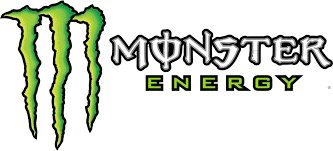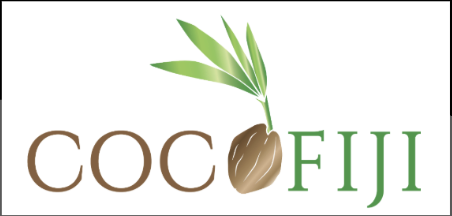The UK spirits market, known for its rich history and diverse offerings, was valued at approximately £16.8 billion in 2024. The UK is one of the world’s largest consumers of spirits and its market spans a wide range of categories, from gin and whisky to an increasing variety of non-alcoholic options. However, recent years have brought challenges: economic pressures, rising excise duties, and evolving consumer preferences have led to shifts in purchasing behavior. Traditional high-ABV spirits, including gin and whisky, are experiencing a modest decline, while alternative segments, particularly no- and low-alcohol options, are gaining traction.
Looking forward, the UK spirits market is expected to face a slight decrease in overall volume, with a forecasted -1% CAGR in the next five years. Yet, premium and niche offerings, especially in rum, tequila, and no-alcohol alternatives, present growth opportunities. For industry executives, understanding these shifts and capitalizing on emerging trends will be essential for success in this evolving landscape.

Overview of the UK Spirits Market
The UK spirits market, valued at around £16.8 billion in 2024, is a significant player in the global alcohol landscape, balancing traditional preferences with emerging trends. Split almost equally between at-home (£8.35 billion) and out-of-home (£8.44 billion) consumption, this market showcases a complex mix of categories, each with its own growth trajectory. Gin, whisky, and vodka remain central to the UK market, but newer entrants such as rum, tequila, and low- to no-alcohol spirits are gaining popularity.
Gin and Whisky: A Shift in Demand
Gin, a longstanding UK favorite, has seen a downturn, with volumes declining by 14% in 2023. This decline is largely due to the category losing shelf space to newer, trendier spirits like tequila. Despite being hit hardest, gin continues to hold a considerable share of the market due to its historical prominence. Similarly, whisky, particularly Scotch, maintains a steady position as a premium choice, but its growth has slowed, reflecting the broader trend of consumer moderation.
Vodka and Rum: Stability and Emerging Opportunities
Vodka remains a consistent staple, particularly in the mainstream market, with recent innovations focusing on flavored variants. Rum, however, is one of the few categories showing positive growth, with spiced and flavored rums capturing consumer interest. Long-term growth in this segment is expected to be modest but stable, driven by demand for unique, spiced options.
Tequila and Agave-Based Spirits: Rising Stars
Tequila and agave spirits have emerged as exciting growth areas. Tequila volumes rose by 4% in 2023, a strong performance in contrast to declining trends in other spirits. This growth is attributed to tequila’s shift from a shot-based drink to a versatile spirit used in cocktails and sipping occasions, attracting a younger demographic.
No- and Low-Alcohol Spirits: A Growing Segment
The no- and low-alcohol category continues to outperform the broader spirits market, growing 47% from 2022 to 2023 and expected to increase at a 19% CAGR through 2028. This shift reflects changing consumer behaviors as health-conscious UK consumers reduce alcohol intake, contributing to the strong performance of non-alcoholic alternatives in traditional spirit categories like gin and tequila.
Key Drivers Shaping the UK Spirits Market
The UK spirits market is influenced by a mix of economic, social, and regulatory factors. These drivers, from consumer preferences to fiscal policies, collectively shape the landscape and determine which categories thrive or face challenges. Here are five primary market drivers impacting the spirits sector in the UK.
Economic Pressures and Cost-of-Living Crisis
Rising prices and a prolonged cost-of-living crisis have influenced consumer spending, particularly in the spirits market. Many UK consumers are increasingly opting for value-oriented choices, such as larger formats and in-home consumption. According to IWSR, mainstream spirits sales have become more reliant on promotions, while premium segments remain somewhat insulated from price sensitivity. This economic shift is expected to impact the market for the foreseeable future, shaping purchasing decisions across income groups.
Health and Wellness Trends
The health-conscious movement continues to gain traction in the UK, with many consumers opting for lower-alcohol or alcohol-free alternatives. Driven by a desire to moderate alcohol intake, no- and low-alcohol spirits have shown significant growth, with a 47% increase from 2022 to 2023. This trend has led to increased innovation, with brands launching alternatives that mirror traditional spirits, catering to consumers who want to enjoy the social experience of drinking without the alcohol content.
Excise Duty Reforms
Recent excise duty changes in the UK, which introduced a tiered system based on alcohol content, have shifted product pricing and impacted both production and sales. Set to expand further in 2025, these reforms incentivize lower-ABV product development, especially in beer and wine, but also affect spirits. Many brands have adapted by introducing mid-strength variants to remain competitive under the new tax structure, creating opportunities and challenges within the market.
Changing On-Trade Consumption Patterns
Consumer habits around on-trade consumption have evolved post-pandemic, with fewer frequent visits to pubs and bars due to economic concerns and lifestyle changes. As a result, some spirit categories, such as dark rum and flavored vodka, are seeing increased at-home consumption. Despite this, on-trade occasions remain essential for premium and niche spirits, as consumers seek unique experiences in bars and restaurants, particularly for high-quality cocktails.
Rise of Agave-Based Spirits and Premiumization
Tequila and other agave-based spirits have experienced a surge in popularity, appealing to consumers seeking unique flavors and premium experiences. With a 4% growth in tequila volume in 2023, this segment’s expansion reflects a broader premiumization trend, where consumers prioritize quality and craftsmanship in their choices. This shift is also visible in segments like single-malt whisky and spiced rums, with premium brands increasingly attracting consumer interest and carving out a solid place in the UK spirits market.
Emerging Trends in the UK Spirits Market
Growth of No- and Low-Alcohol Spirits
The no- and low-alcohol category is expanding rapidly as consumers adopt healthier lifestyles and seek moderation. Volume growth of 47% from 2022 to 2023 reflects the rising appeal of alcohol-free alternatives, particularly among younger consumers. Initially focused on gin alternatives, the category now includes no-alcohol versions of whiskey, tequila, and other spirits. This trend aligns with a broader wellness movement and continues to spur product innovation in the market.
Increase in RTD Offerings
Ready-to-drink products are gaining momentum in the UK spirits market, with sales projected to grow through 2028. These convenient, pre-mixed options appeal to consumers seeking convenience without sacrificing quality. Canned cocktails, spirit-based RTDs, and ready-to-serve options are increasingly available in mainstream and premium varieties. As consumers continue to explore premiumization in RTDs, the category is projected to drive growth in the spirits sector.
Emphasis on Sustainability
Sustainability is becoming a critical factor in brand loyalty and purchasing decisions for UK consumers. From eco-friendly packaging to transparent sourcing, consumers are increasingly drawn to brands that prioritize sustainability. Major players in the spirits industry are investing in sustainable practices, such as reducing carbon emissions and switching to recyclable packaging. This trend has prompted companies to innovate their production and distribution processes to meet environmental expectations.
Demand for Craft and Premium Products
As consumers seek unique and high-quality experiences, the demand for craft and premium spirits is on the rise. Independent distilleries and limited-edition releases are capturing interest, particularly in categories like single-malt whisky, small-batch gin, and flavored rums. This demand for premiumization is shifting focus toward artisanal products that offer authenticity and distinct flavors, appealing to discerning consumers willing to pay a premium for quality.
Flavored Spirits Gaining Popularity
Flavored spirits, particularly in the vodka and rum categories, are gaining significant traction. UK consumers are increasingly experimenting with flavors like spiced, tropical, and dessert-inspired profiles. Smirnoff’s launch of flavored variants such as Spicy Tamarind exemplifies this trend. These options attract younger demographics looking for new and exciting taste experiences, further driving innovation in the spirits industry.
Key Challenges Facing the UK Spirits Market
Economic Pressures and Rising Costs
The cost-of-living crisis and inflation have significantly affected UK consumers' spending habits. Rising production costs, coupled with increased excise duties, are pushing prices higher, making it harder for consumers to justify discretionary spending on spirits. Consequently, there is a shift toward value-oriented purchases and at-home consumption, especially among mainstream consumers. Premium segments are somewhat insulated, but overall market growth is slowing as purchasing power declines.
Complex Excise Duty Regulations
The recent tiered excise duty structure based on alcohol content has presented new hurdles for producers, particularly smaller brands. Scheduled changes in 2025 will introduce even more complex regulations, with potentially up to 30 duty bands affecting wine and spirits. This system requires producers to rethink product formulations and may lead to price increases for many products. Smaller producers face additional challenges, as adapting to these new regulations often requires increased administrative and compliance costs.
Declining On-Trade Sales
Consumer patterns in the on-trade sector have shifted, with fewer people visiting pubs, bars, and restaurants as frequently as before. This trend, influenced by the pandemic and ongoing economic uncertainties, has weakened a historically important channel for premium and specialty spirits. Many consumers now prefer at-home consumption, particularly for value-driven long drinks like beer and wine, impacting the spirits market’s overall growth potential in the on-trade segment.
Opportunities in the UK Spirits Market
- Expansion of the No- and Low-Alcohol Segment: As more UK consumers embrace moderation, the demand for no- and low-alcohol spirits continues to grow. Brands can capitalize on this trend by developing sophisticated alternatives that mimic the flavors and experiences of traditional spirits, expanding offerings beyond gin to include whiskey, rum, and tequila-based options. This segment is forecasted to grow significantly, offering a long-term revenue stream.
- Growth of RTD Products: The convenience and innovation of RTDs resonate strongly with UK consumers, especially among younger demographics. Expanding the range of premium and unique RTD offerings, such as canned cocktails and spirit-infused beverages, can capture additional market share. This segment’s growth also reflects a broader trend towards premiumization within the spirits category.
- Premiumization and Craft Spirit Appeal: As consumers seek unique, high-quality experiences, there’s a notable interest in premium and craft spirits, including artisanal gin, single-malt whisky, and small-batch rum. This shift allows brands to develop niche products that cater to consumers’ desire for authenticity, superior quality, and innovative flavors, leading to higher margins.
- Sustainability and Eco-Friendly Initiatives: Environmental consciousness is increasingly influencing purchasing decisions. Brands that prioritize sustainable practices, such as eco-friendly packaging and transparent sourcing, can build loyalty among environmentally conscious consumers. Investing in sustainable production can differentiate brands in a competitive market.
Leading Brands in the UK Spirits Market
Whisky
Position in the Market: Whisky is a staple of the UK spirits industry, particularly Scotch whisky, which holds a significant share of the global market. Known for its heritage and premium positioning, whisky attracts both traditional consumers and those seeking high-quality, artisanal options.
- Johnnie Walker: As one of the world’s best-selling Scotch whisky brands, Johnnie Walker offers a range from entry-level blends to premium aged options. Its strong international reputation and varied portfolio make it accessible and aspirational.
- Glenfiddich: Known for its single-malt Scotch, Glenfiddich is a family-owned brand with a reputation for quality and innovation. It appeals to both seasoned whisky drinkers and new enthusiasts.
- The Macallan: Positioned as a luxury brand, The Macallan is renowned for its rich flavor and craftsmanship. It is particularly popular among collectors and connoisseurs.

Gin
Position in the Market: Gin remains one of the UK’s top spirit categories, although it has experienced some recent declines. Nonetheless, the craft gin movement has kept this category vibrant, with an emphasis on botanicals and unique flavors.
- Tanqueray: A classic choice, Tanqueray is known for its balance and quality. Its presence in both home and on-trade channels makes it widely accessible while maintaining a premium feel.
- Hendrick’s: Known for its cucumber and rose-infused profile, Hendrick’s is a favorite in the premium gin segment, appealing to consumers seeking a distinctive, artisanal experience.
- Bombay Sapphire: Recognized for its unique distillation process and striking blue bottle, Bombay Sapphire is popular among gin enthusiasts looking for a smooth, versatile spirit suitable for cocktails.
Vodka
Position in the Market: Vodka is a versatile spirit in the UK market, appealing to a broad demographic and often used as a base for flavored variants. Recent trends in flavored vodka have added vibrancy to this category.
- Smirnoff: Smirnoff holds a dominant position in the UK vodka market, known for its affordability and consistent quality. Its flavored vodka options, such as the new Spicy Tamarind, attract younger consumers.
- Absolut: With a range of flavor options and creative marketing, Absolut is popular among younger drinkers and cocktail enthusiasts. It is a key player in the premium vodka segment.
- Grey Goose: Positioned as an ultra-premium vodka, Grey Goose is known for its quality and French heritage. It appeals to consumers seeking a luxury experience.
Rum
Position in the Market: Rum has seen growth in the UK, especially in the spiced and flavored segments. It attracts a diverse audience and is often enjoyed in cocktails or mixed drinks.
- Captain Morgan: A leader in the spiced rum segment, Captain Morgan is widely accessible and appeals to younger consumers. Its branding and flavors have made it a staple in the UK.
- Bacardi: Known for its versatility and light profile, Bacardi is often used in cocktails, appealing to a wide demographic.
- Kraken: This dark, spiced rum brand has grown in popularity due to its bold flavor and distinctive branding. It appeals to consumers looking for a unique, adventurous rum experience.
Tequila
Position in the Market: Tequila is a rising star in the UK, moving from a shot-based drink to a more sophisticated choice for cocktails and sipping. Its growth reflects a broader interest in premium and artisanal spirits.
- Patrón: Known for its high-quality production process, Patrón leads the premium tequila category and is popular for sipping and high-end cocktails.
- Jose Cuervo: A well-established brand with a broad range, Jose Cuervo remains accessible and is often the entry point for tequila newcomers.
- Don Julio: Positioned as a premium brand, Don Julio appeals to consumers looking for authentic Mexican tequila with a smooth profile, ideal for cocktails or neat consumption.
These leading brands underscore the diversity within the UK spirits market, where both mainstream and premium options coexist, catering to a range of consumer preferences and occasions.
FAQs
1. How big is the UK spirits market?
The UK spirits market is valued at approximately £16.8 billion in 2024, with almost equal revenue from at-home (£8.35 billion) and out-of-home (£8.44 billion) consumption. Despite recent volume declines, the UK remains one of the most valuable spirits markets globally, with robust demand across premium and mainstream segments.
2. What are the top 3 selling spirit segments in the UK?
The top three selling spirit segments in the UK are whisky, gin, and vodka. Whisky holds a significant share due to its heritage, gin continues to captivate consumers through craft offerings, and vodka remains versatile, especially with recent trends in flavored options appealing to younger demographics.
3. What are the 3 top trends in the UK spirits market?
The top trends in the UK spirits market include the growth of no- and low-alcohol spirits, the rise of RTD products, and the premiumization of craft and artisanal spirits. These trends reflect consumers' evolving preferences for moderation, convenience, and quality experiences in their spirit choices.
Looking to bring your spirits brand to the UK market?
GourmetPro’s team of local experts is here to support you. From market entry to full-scale expansion, we provide end-to-end guidance tailored to your brand’s needs. Reach out to GourmetPro and let’s make your UK market success a reality!


%206.png)
.svg)






.svg)



.svg)
.svg)
.svg)
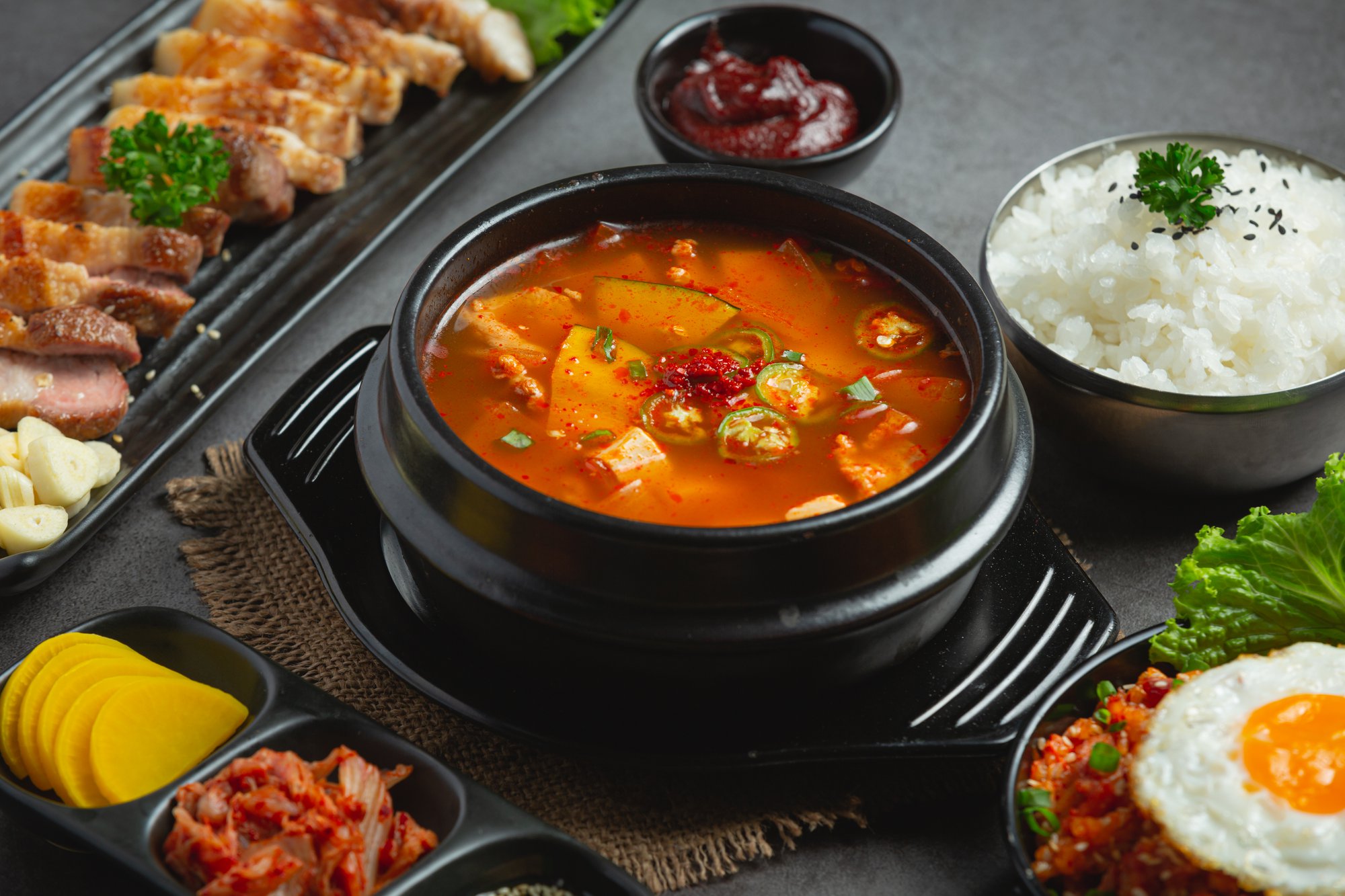
.svg)



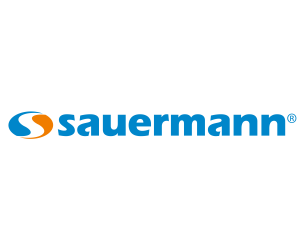





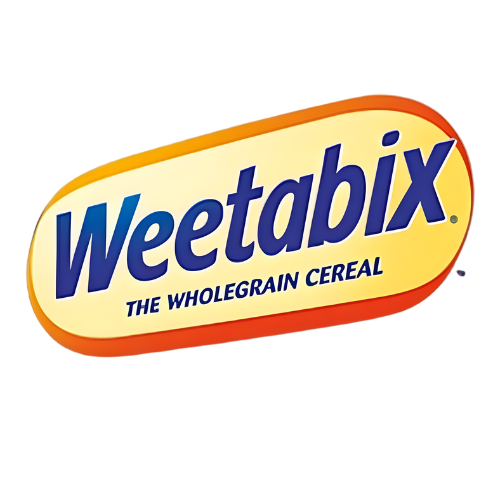













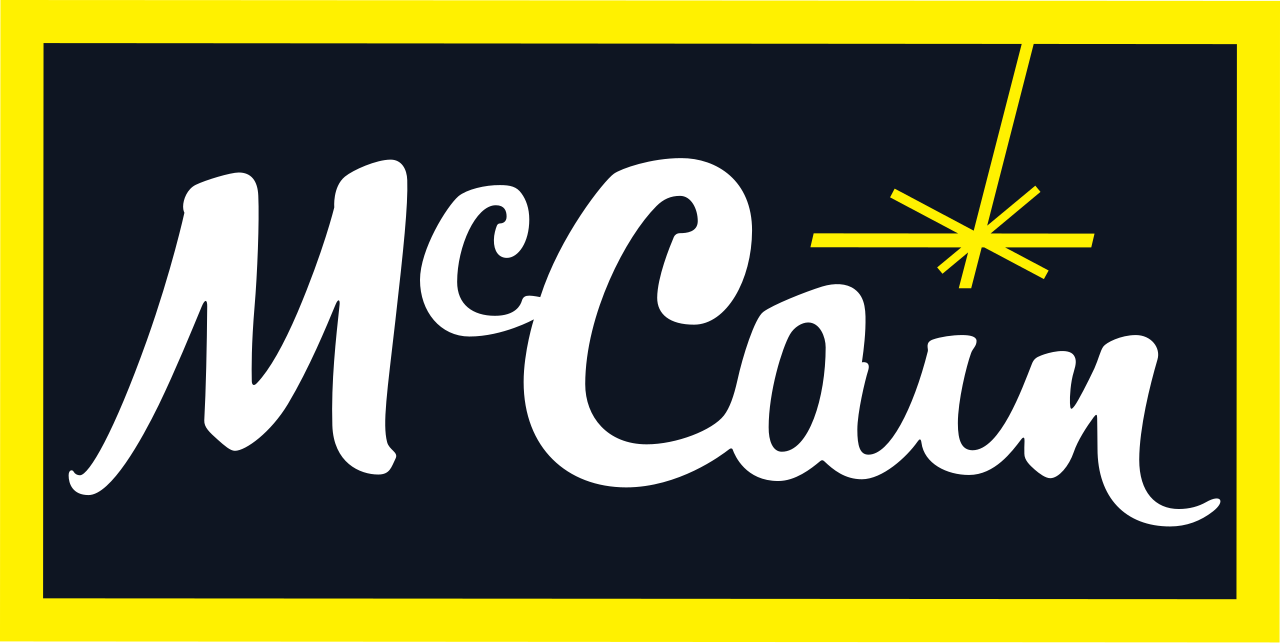
















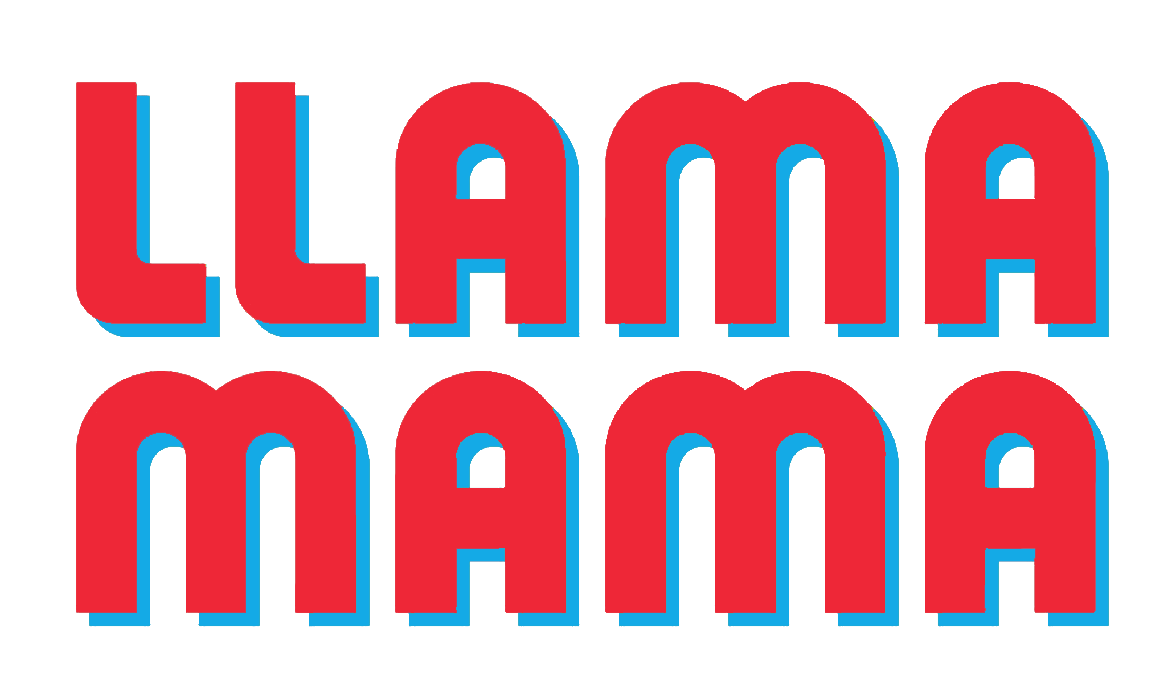





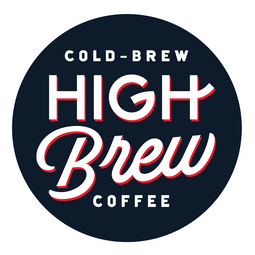

.png)





